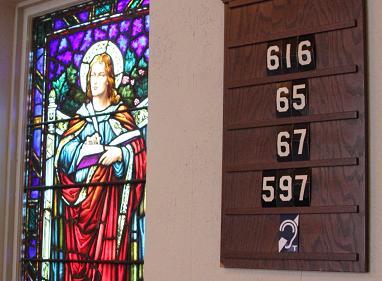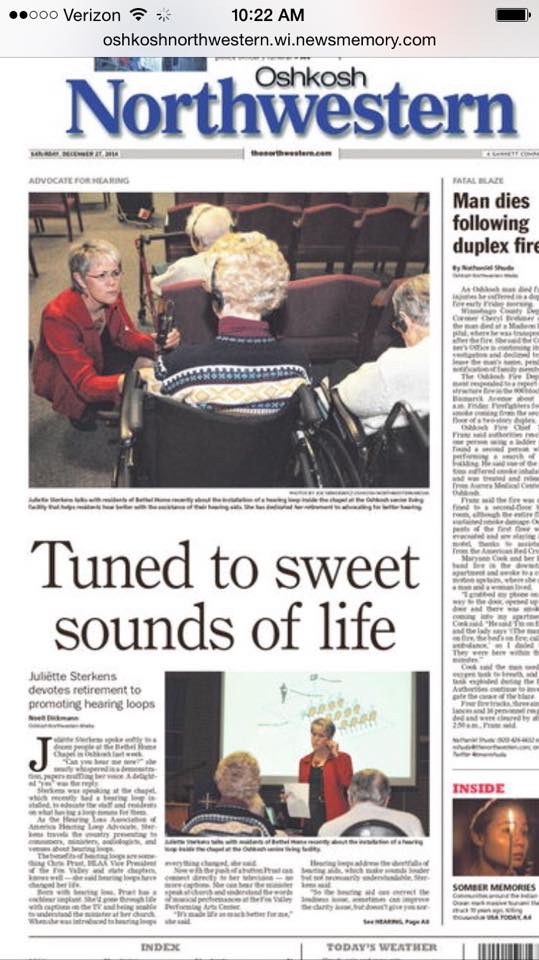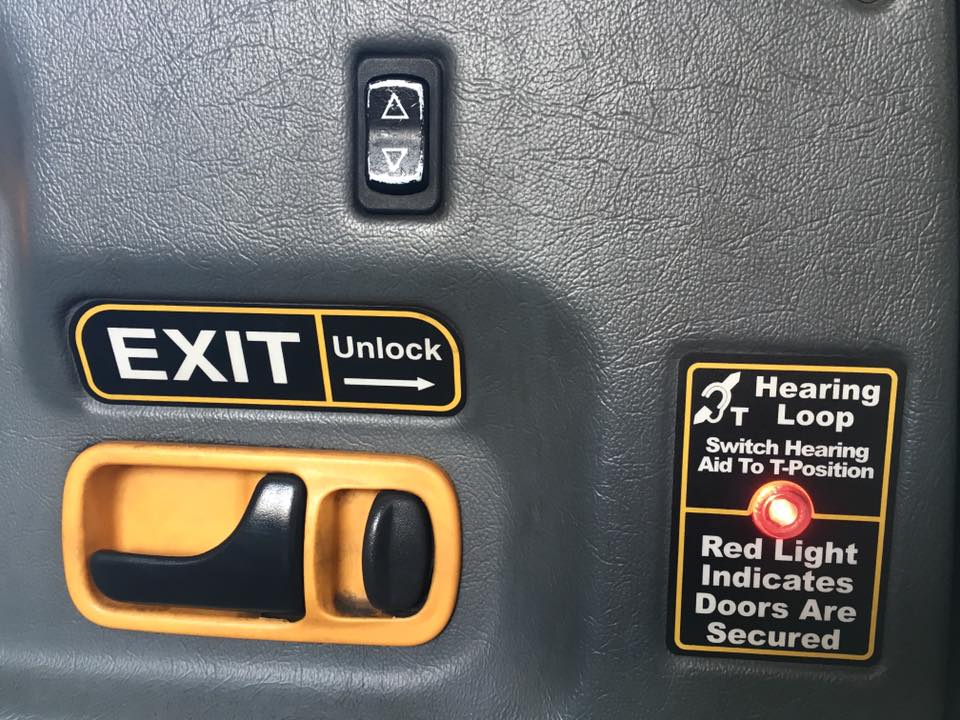Churches/Places Of Worship
Since the loop system has been installed in my Church, I have been attending regularly again. I now can understand the sermons.”
Mrs. R. Calvary Church – Oshkosh
Churches, mosques, and synagogues are ideal sites for loop systems. Microphones and public address systems are used and this clean voice signal can be easily picked up by the hearing loop. Read some of the testimonial letters here.
For an article in Technologies for Worship Magazine on Hearing Loops in Houses of Worship(May 2010): Technology for Worship Magazine Article. David Myers PhD makes an eloquent case for the use of hearing loops.
Wondering if WiFi can make your church accessible for people with hearing loss without having to install the wiring of a loop? The short answer is NO! The long answer is much more involved. Read more about this topic and why WiFi is not yet ready to help hearing aid users in the January 2019 issue of Canadian Audiologist and https://network.crcna.org/topic/justice-inclusion/disability-concerns/physical-disabilities/get-hearing-loop. While the companies that sell these Wi-Fi based systems enthusiastically praise the ease of installation and low cost to the venue as the techie way of the future, they fail to take the end-user’s needs into account. Currently, there are no consumer studies available that confirm this optimism.
Click here for an informative article in the Technologies for Worship Magazine September 2013 Issue.
What does your place of worship need to successfully
go "live" with the hearing loop?
- Signage and logos for website
- Bulletin insert to educate the congregation “Our Church Now offers a Hearing Loop” Click here
- News release to the newspaper
- Ready to print announcement for your church bulletin
Advantages of induction loops include:
- Inconspicuous; no need to locate, check out, and wear a visible headset
- Use of universal frequency that any T-coil equipped instrument can pick up
- Eliminates hygienic concerns
- Listeners use hearing instruments they own and as a result, the sound is optimized for their personal hearing loss and needs
- Hearing loops are compatible with modern cochlear implants
- Loop systems don’t require churches to purchase, maintain, and replace portable receiving units (though such can be purchased for those without suitably equipped hearing aids)
For all these reasons, loop systems are far more likely to be used – and increasingly used – once installed.
Why use a hearing loop in a church? Isn't the sound loud enough?
Due to reverberation, distance to the sound source and the ambient noise intelligibility is often reduced. Increasing the loudness can make it more difficult for a hard of hearing person to understand the message. What is important is to increase the intensity of the signal (for example the sermon or other message) in proportion to the other noises. This means increasing the signal-to-noise or SNR ratio.
Persons with normal hearing, require an SNR of +6dB for a reasonable level of speech intelligibility. This represents quite a noisy background, and includes sounds such as reverberation, air conditioning, ventilation systems or background noise such as those associated with a crowd of people (coughing, whispering, rustling of paper and shuffling of feet).
Persons with hearing loss frequently need a +10dB signal-to-noise ratio or greater because the loss of hearing is also associated with the brain’s neurological processing of information. Speech that is unfamiliar, fast spoken or without the use of visual clues (because of great distances in a worship area) will quickly affect this person’s ability to follow the message, resulting in the typical complaint: “I can hear but I cannot understand.”
When the signal-to-noise ratio drops below +6dB most persons with normal hearing can apply some effort to fully understand and follow the message. Users of even the most advanced digital hearing instruments will have to now apply so much effort that this level of attention and concentration can not be sustained for very long. The person with hearing loss will either give up trying (“I just can’t hear in church”) or worse yet: They stop attending services.
Hearing loops take the desired speech signal straight from the basic source (the microphone) and broadcast directly to the listener’s hearing aids. The signal at the listener’s ears is free from distance issues, reverberation and ambient noise interference. The SNR is now easily +15dB or +20dB and the person’s response usually is: “I can finally hear the sermon again.” but what they are really saying is that the speech is now intelligible enough to be understood.
Read more in an excellent article by Stephen Frazier in Sound&Communications magazine that explains why Louder is NOT better.
News & articles.

Thank you for visiting my website.
I will try to answer any questions you may have about hearing loops, hearing aids and telecoils. and how to loop your community. You can contact me via jsterkens@hearingloss.org or by clicking the link below.










